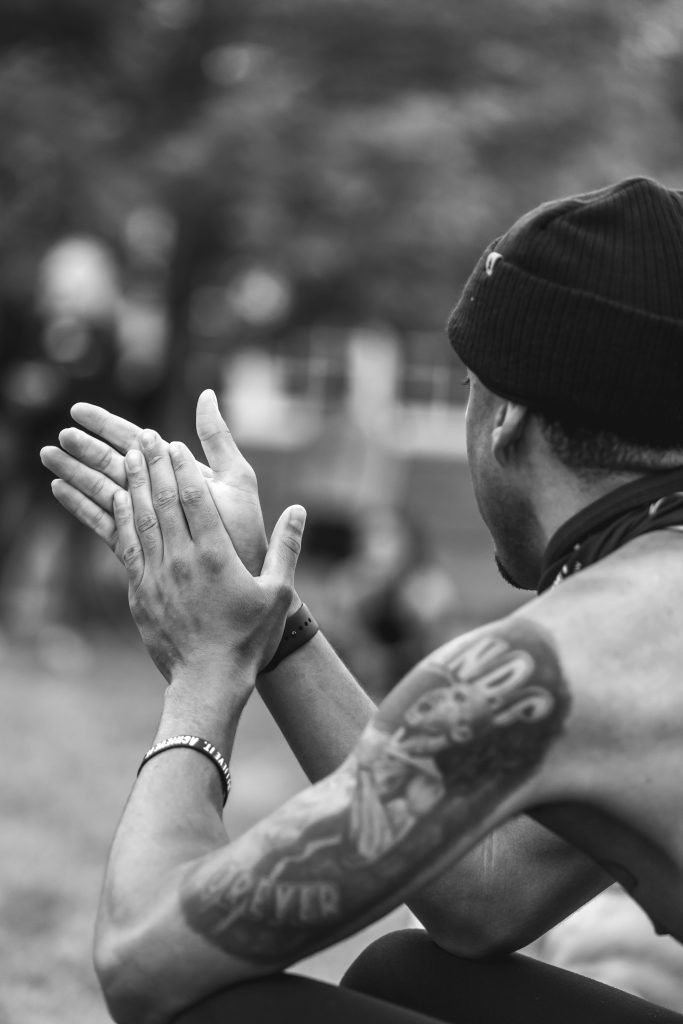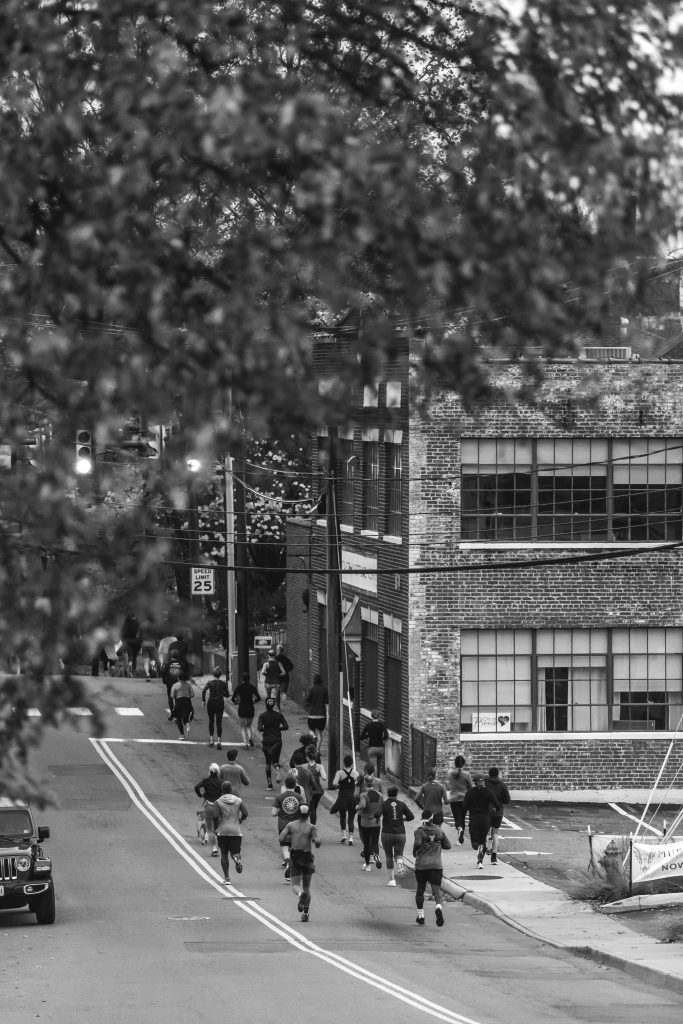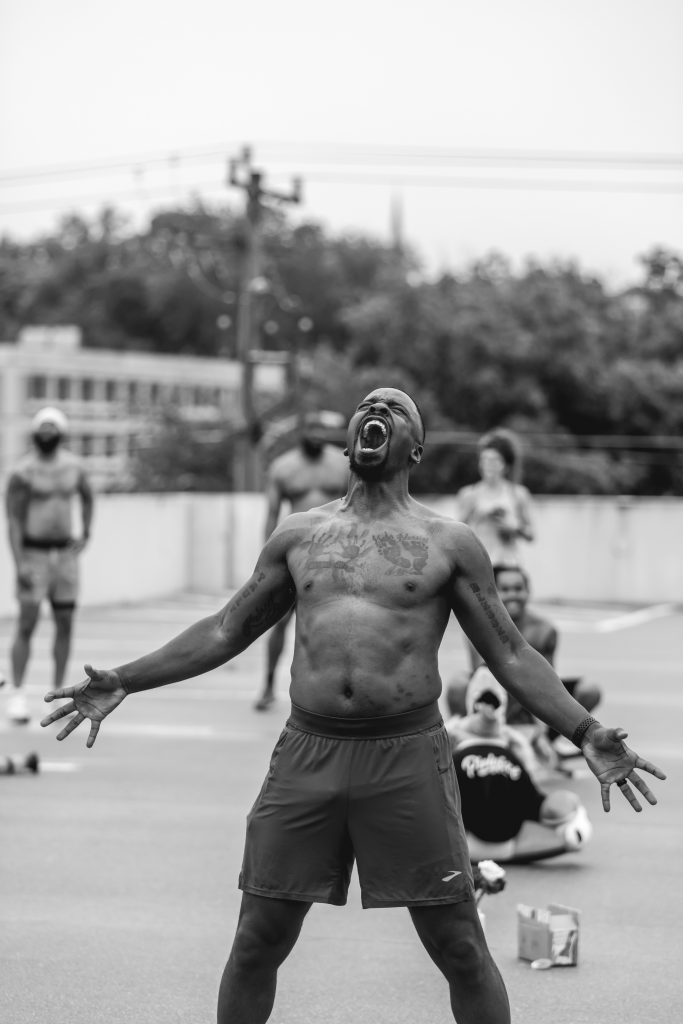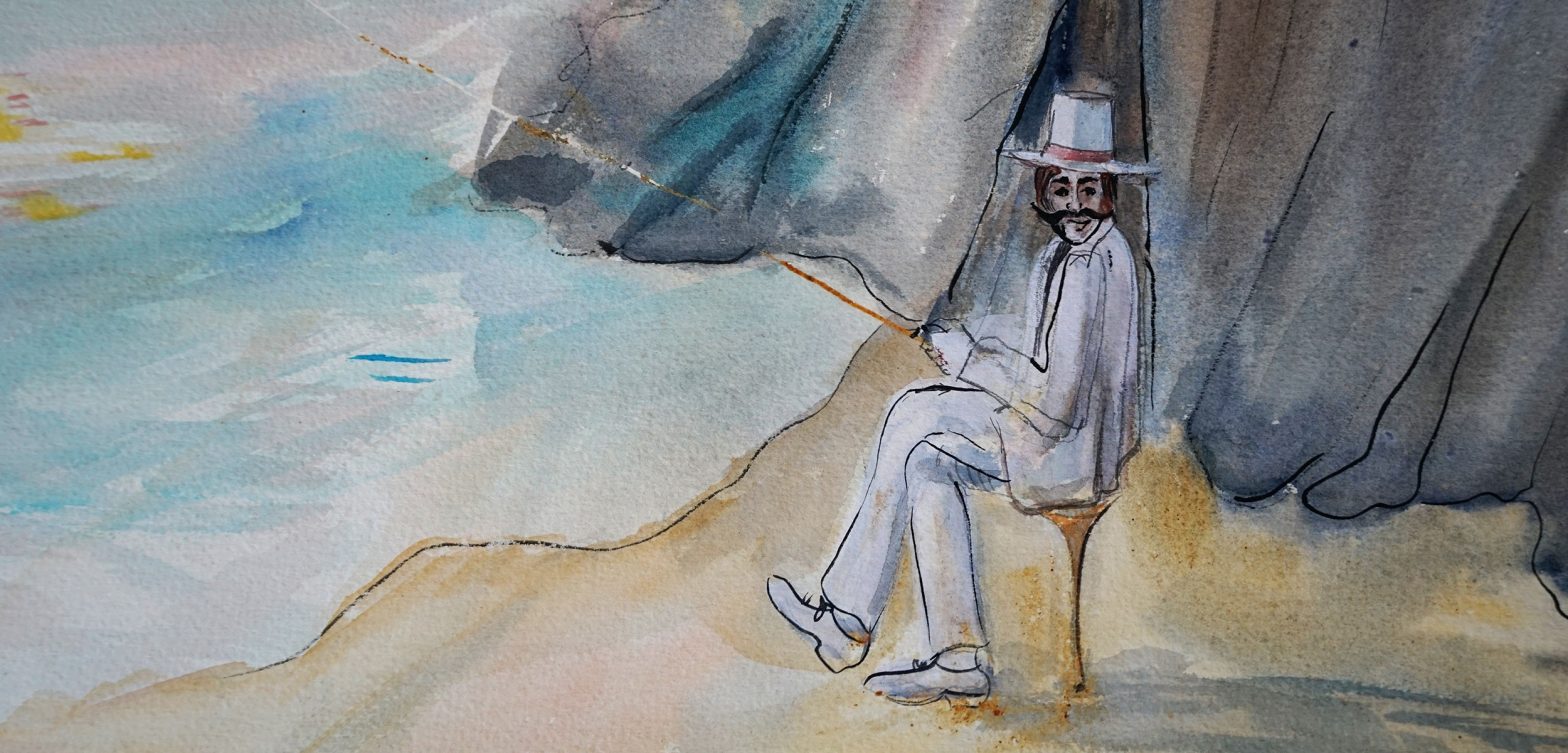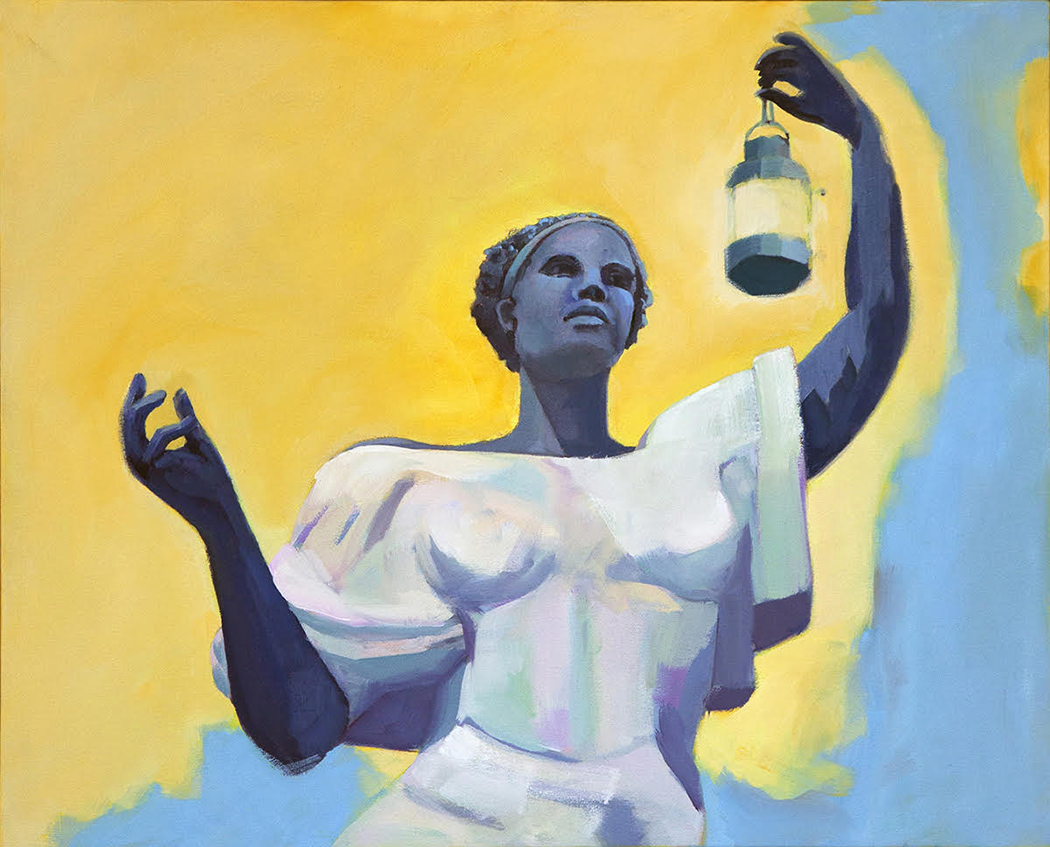The act of running can be solitary and isolating—a way to get the recommended 30 minutes of exercise a day and nothing more. “To be honest, I don’t like running,” says Derrick J. Waller. “I’m not sure if I will ever like running.” Surprisingly, Waller is a member of the local Prolyfyck Run Creww.
Prolyfyck isn’t just an exercise group. The organization was founded by runner William Jones III over a decade ago, when he realized he wasn’t seeing many other Black runners. The support he received when he ran through Charlottesville’s predominantly Black neighborhoods led him to start the group’s first iteration, Run These Streets, alongside James Dowell and Dr. Wes Bellamy. Later rebranded as the Prolyfyck Run Creww, (from Nipsey Hussle’s song “Victory Lap”), the group rejects the suppression and co-opting of the talent of Black and brown people by celebrating running, and working for the empowerment of the community.
Three mornings a week, runners meet in front of the Jefferson School African American Heritage Center and embark on a walk, run, or jog (all levels of athleticism are welcome). The workouts raise awareness and funds for local causes including The Uhuru Foundation, B.U.C.K. Squad, and Reclaimed Hope Initiative, as well as for PTSD awareness, Indigenous Peoples’ Day, and the #stopasianhate movement. PRC also hosts annual teen gift card and toy drives to support local kids.
Running with Prolyfyck is about more than breaking a sweat. “It’s building mental toughness that I can apply throughout life,” says Waller. “This crew means everything to me because they encourage me to accomplish. This is my family.”
Waller, a documentary photographer, began photographing the Prolyfyck Run Creww in 2019. “I had no clue if the group would want to use my pictures or not, but I figured shooting the events would be good practice for me.” Three years later, he has carefully combed through thousands of images to create his debut solo exhibition, “A Good Cry.”
“A Good Cry” at Studio IX tells the story of a community filled with love, hope, joy, and growth. “The Creww welcomes all,” Waller says. “However, a major focus is the empowerment of those in the historically marginalized Black and brown communities. My goal was to show this through the work. I want us to be seen. I want us to be heard. I want us to be felt.”
Waller’s black-and-white photographs capture moments of human connection: Runners hustle up hills, faces contorted in agony or glee, toward finish lines teeming with cheering teammates. Hugs of relief and triumph are shared, and a small tap on the back offers support mid-run. Children run alongside the adults, and fathers hold their victorious sons on their shoulders.
Family was a driving force for Waller when creating “A Good Cry,” which is dedicated to his late mother, who passed away 10 years ago this month. “It was her unexpected passing that led me to photography,” he says. “It was the wake-up call for me to stop thinking about picking up a camera and actually do it.” He had his camera ready years later when his 4-month-old daughter was laying in bed, and stuck her little fist up. The resulting image is a serene portrayal of hope and strength—a chubby baby’s fist raised upward, surrounded by ethereal light.
Other moments of quiet strength appear throughout “A Good Cry.” One large photograph shows William Jones III almost entirely submerged in the Rivanna River, his fists and head held above water, a look of intense focus on his face. Nothing strange about that—except it was February and the temperature was below 20 degrees. “Will mentioned that he was going to do some natural cryotherapy and take a dip in the Rivanna,” says Waller. “I don’t think anyone believed him.” Waller snapped his shots during Jones’ brave three-minute dip.
“A Good Cry” is on display at Studio IX as part of The Prolyfyck Exhibition Series, a year-long program in support of local artists who run, and organizations that work to uplift our community. The idea for an art show came when Creww member and Studio IX curator Greg Kelly realized this group of everyday athletes had something else in common. “It became apparent that the Prolyfyck community included a number of artists, some of whom had never seen themselves as such or shown their work before,” says Kelly.
Every month, a different artist from the Creww exhibits work and chooses a local organization as the beneficiary of artwork sales. Waller chose to support Cultivate Charlottesville, a local non-profit working to create food equity, which fosters a community garden on the Prolyfyck Run Creww’s regular route through the city.
Clearly not in it just for the exercise, Waller includes an inspiring excerpt from Prolyfyck’s mission statement in his exhibition: “working together with a spirit of unity and love to create a world where everyone can be prolyfyck!”
“It’s just running, right?” says Waller. “I dare you to come find out.”

